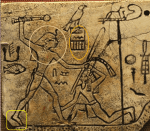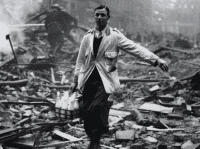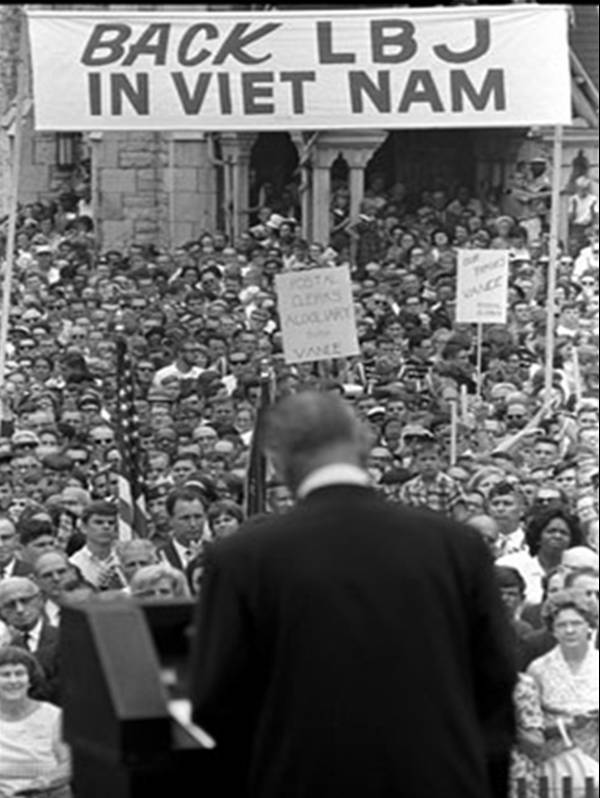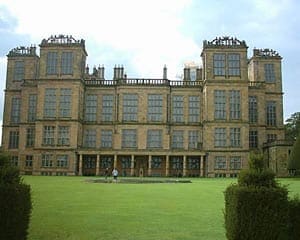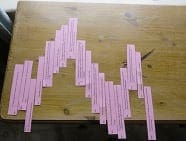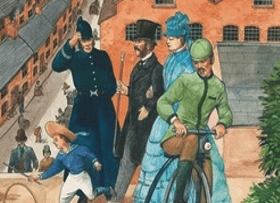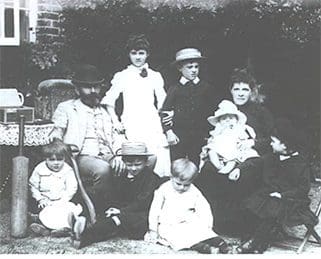
There are 4 separate ways of approaching this topic, each becoming increasingly more ambitious. Stage 1 is featured below. Stages 2-4 are to follow, though draft material is available to view on request.
Stage 1
Featured here, for younger children needing some structured support and working with census details for just one family.
Stage 2
Working with a few households, from another census, comparing ‘then and now’ from a fashionable London street where houses are now cost £7million. But who lived there 100 year ago and were these Victorians as rich?? Pupils investigate with a little guidance. This lesson is based on an interactive facility on the National Archives’ site.
Stage 3
Children search a pre-prepared database (Rushey Green 1891 available as an Excel file and Gorton as a school project write up) to look for patterns and to test hypotheses e.g. the most popular job, the age children started and finished school, life expectancy. In Rushey Green, London, less than 3% lived to over 70.
Stage 4
Pupils use a census from their own locality to create and interrogate their own database. I give advice on how to structure this Can we use a census to solve the mystery of the famous family in the photo?
Step 1
Start by introducing a mystery. Children may be familiar with the idea of tracing ancestors (PowerPoint slide 2). Today they are going to help the BBC do some research for a new programme on an interesting character. It is the children’s job to be researchers and find as much about the person as possible in just one session. All they have to go on is one photograph and 3 words said by the last dying relative. The words are ‘book, bat, and shop’. That’s all.
Step 2
Now introduce the photograph using slide 4. Ask children to spend a minute examining it (on screen should be fine). Can they spot a big clue? The date 1887 ,the fact that it is one family and …The cricket bat.
But who is it?
Step 3
Now explain that there is signature on the foot of the photograph. Slide 5 shows this in detail.
So we know what his name is, and where he lived in 1887. Time for the census. Explain what this was using slide 6 and then set up the task.
Step 4
Ask the children to explore the entries on the census using slide 8 and their own copies of this slide. Although difficult to read children will enjoy the challenge. If some are daunted, offer slide 9 as a transcript. You will see that there is a black box there. This covers a typing error/spelling mistake (should be ‘professional’ with one f). Stress that in the original census lots of people made errors as they had to copy their notes onto a separate form. Some householders also lied about their age, or tried to make out that they did better jobs than they did!
Step 5
It is now time to match the names on the census to the faces on the photograph. All children will need a copy of slide 11 on which to record their answers. To ensure that they have a neat copy, I would suggest that they write in pencil first or create their own key. The most important point to make, is that the census is 4 years after the photograph.
Step 6
Once you have checked this through, use slide 12 to confirm James Lillywhite’s identity. But what about the clues: book, bat and shop. Show slide 14. Can the children work out what this is? Slide 15 merely adds some biographical detail and shows how famous a cricketer he must have been. Slide 16 shows the famous sports shop in Picadilly today.
Step 7
The final slide shows a Wikipedia entry for Lillywhite. How much of this did children work out for themselves just by using a few clues
Note: Having been through this simple activity pupils are ready to attempt stages 2, 3, and 4.

